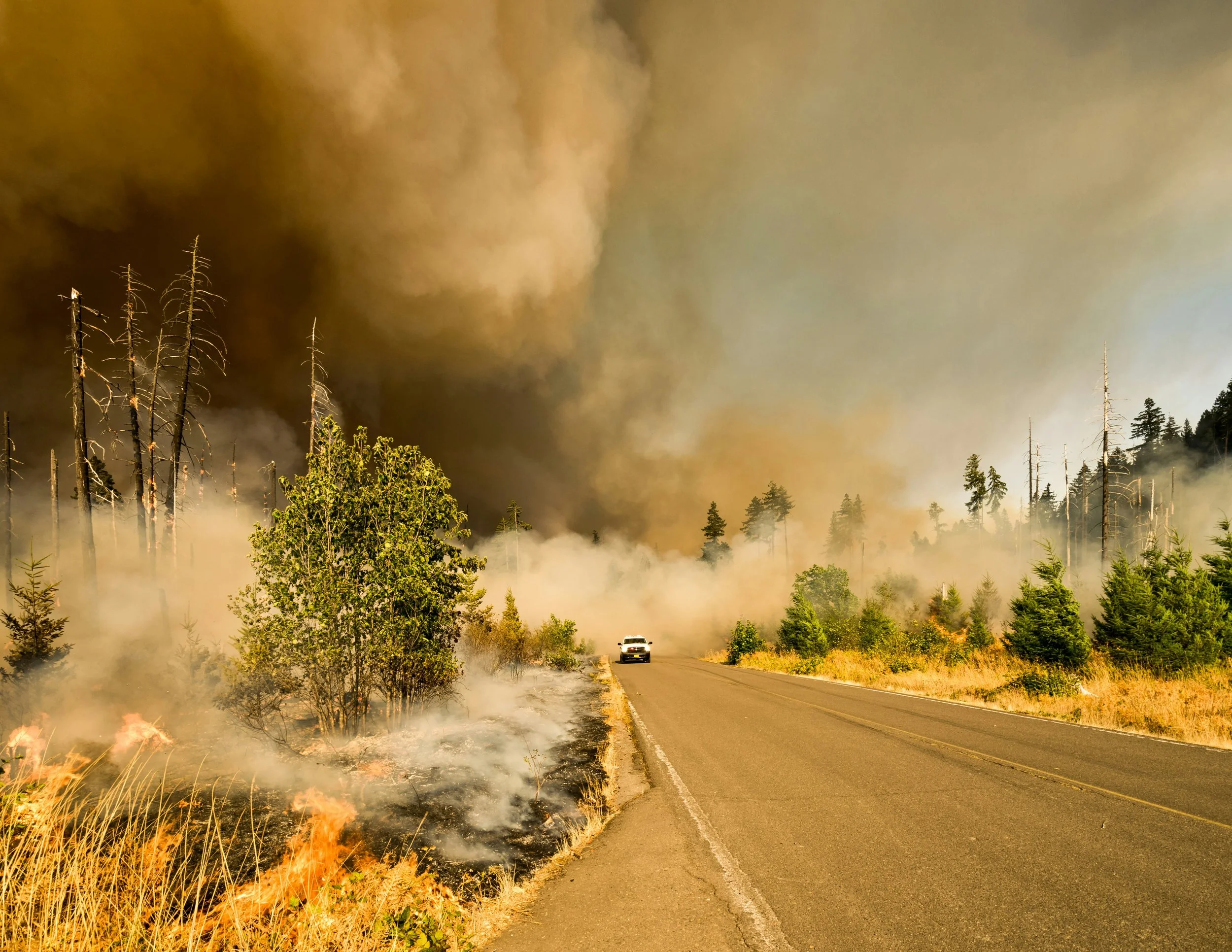Why Choosing the Right Storage Shed is Crucial for Disaster Preparedness
When it comes to preparing for emergencies, having a reliable and durable storage solution is just as important as stocking supplies. Whether for community parks, public institutions, or residential complexes, selecting the right disaster preparedness storage unit can make a major difference when it matters most.
Here’s what to consider when choosing a disaster-preparedness storage shed, and how YODOKO’s steel sheds offer the ideal solution.
Key Factors in Choosing a Disaster-Ready Storage Shed
✅ Durability
Disaster preparedness sheds are designed to last for many years, often in harsh outdoor conditions.
Look for:
Rust-resistant materials to prevent corrosion over time
Typhoon and wind resistance for storm-prone areas
Snow load capacity for regions with heavy snowfall
✅ Thermal Protection
If your shed is used to store food or sensitive supplies, insulation and condensation control are critical. A poorly insulated shed can lead to moisture buildup and spoilage, so be sure to consider anti-condensation features.
✅ Fits Your Environment
Storage needs and available space vary by location. Make sure to:
Choose from a variety of sizes and configurations
Check whether the manufacturer offers custom options to suit local requirements
✅ Functionality & Interior Organization
Disaster sheds should allow for quick, organized access to essential supplies like:
Emergency kits, rescue tools, water, food, and hygiene items
Built-in shelves and compartments improve organization
Some sheds can even be repurposed post-disaster as nursing rooms or emergency toilet areas
Why YODOKO is the Right Choice for Disaster Preparedness
🛠️ Quick Installation
YODOKO sheds are made with standardized components and are assembled using bolts—meaning faster installation times and lower cost compared to traditional buildings.
🛡️ Superior Durability with Galvalume Steel
YODOKO uses Galvalume steel, a premium aluminum-zinc alloy coated material known for its:
High corrosion resistance
Outstanding durability, even in harsh environments
Heat resistance up to 400°C (752°F), providing added protection in case of fire or extreme temperatures
Proven use in large-scale infrastructure like train stations and stadiums
Note: Some parts may use different materials.


